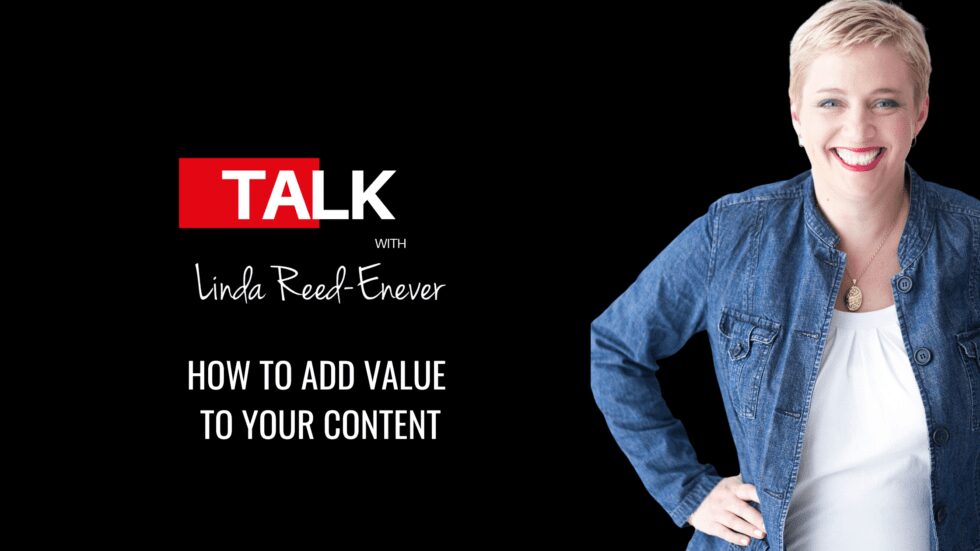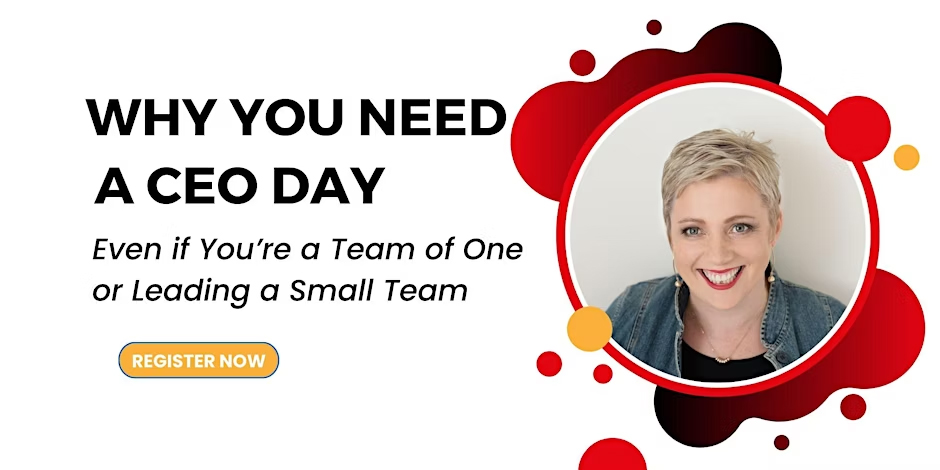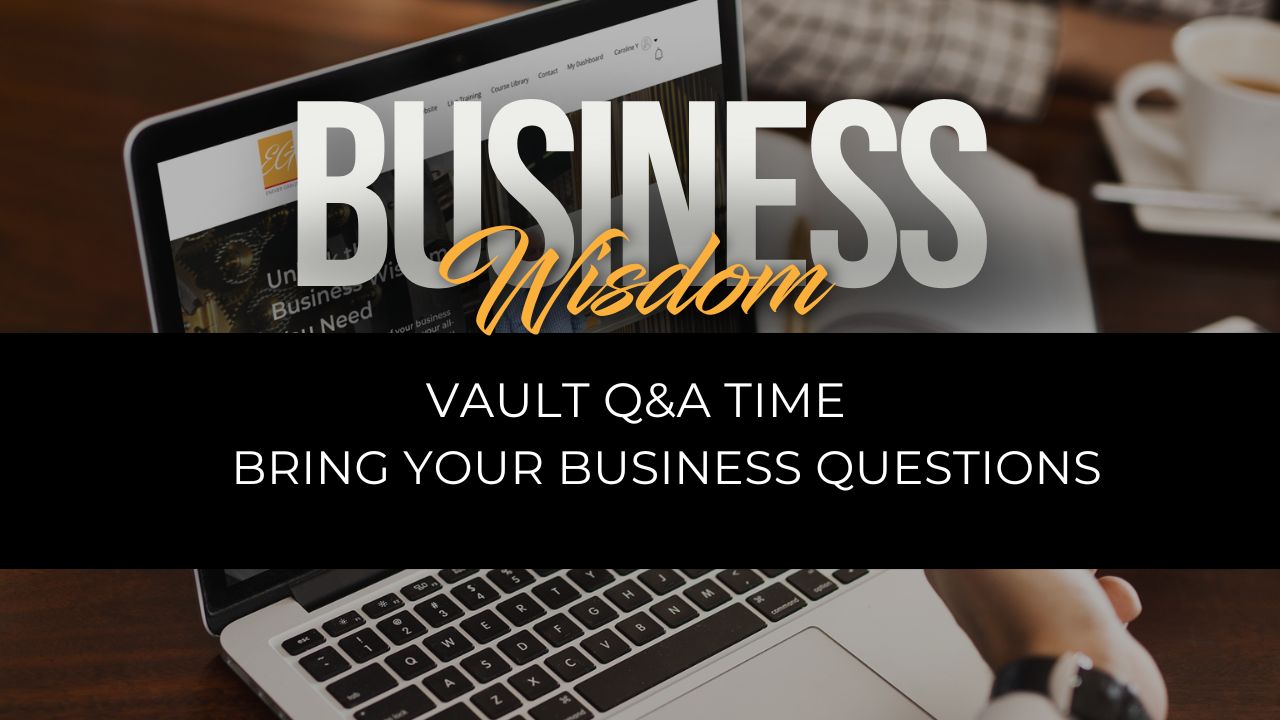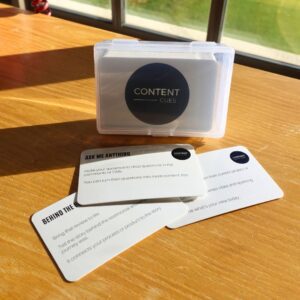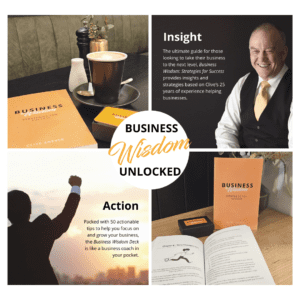In today’s digital marketing landscape, we know that content is king, but we have also become aware that we can no longer simply create content for content’s sake. We need to learn how to add value to our content.
Our time is now spent trying to capture an audience by creating something imaginative and unique that will help build a following and encourage more traffic and conversions.
Simply put, if we want to generate more leads and more engagement, we need to make sure that we have value in our content.
But what does that mean? Marketers are out there all the time saying to create valuable content. How do we actually add or provide value to the content we create?
It means that you need to provide your audience with information that they can use, they can appreciate, and they value. And if you can provide your audience with information they can use, appreciate, and value, then they become more likely to click through and become leads for conversion.
Before we delve into some of the ways that we can create engagement and add value to our content, we need to talk about our target audience first.
How to make sure we are targeting the right audience
Research your audience
If you’re brand new to this, research the people that you’re talking to. Have a look at your Google Insights and take a look at the demographics of your audience, see who they are, what countries they’re coming from, and what life they’re in.
And if you want to go that step further, you could run a survey and poll them about who they are, what they do for a living, what publications they read, and other related questions you need to know about.
You need to know who your audience is so you can write for them. If you’re trying to create content for everyone, you’re not going to engage with anyone because no one’s going to be able to connect with the message that you’re putting out there.
So make sure that you are writing for that specific audience—the people that you want to work with
Think about what your audience needs and wants
Now that you know who your audience is, the next thing is to think about what they need and want. What are their pain points? What are they trying to learn or solve? What are they searching for on Google?
AnswerThePublic is a great tool to find what your audience is typing in search engines, the problems they have, and the things that they need and want to learn about.
If you’re already using social platforms, you have the opportunity to ask your people, what would you like to see me create? What information, resources, and tips would you like me to create?
Stick to a format and style
And then most importantly, before we go into what we’re actually going to put together, we want to stick to a format and style.
How are you going to talk to your people on social media? Is it relaxed? Is it formal? What format are we going to use?
And make sure that you have set up brand templates when you’re creating videos or social posts so you’re always easily recognized by your audience.
Now, let’s cover some of the ways that we can create engagement and add value to our content with our people.
Ways to add value to your content
Give your audience valuable tips and insights
Help your audience learn something new. Give them something that will solve their problem.
These can be insights you’ve gained about your industry or your business. You can give them insights about how they can use your product or how your product will solve their needs.
Another form of insight can be about your experiences going through the same journey as them. What got you to this point within your journey and the things that you’ve learned along the way?
Share stories about you and your brand
Stories create a different level of connection with your audience. Humanise your brand. Humans connect with humans. They want the know, like and trust factors as we talk about in marketing.
These could be things about what you did on the weekend, the latest products you’re working on, or how your week has been going. You could do a short little Q and A session with your staff or loyal customers and share it online. You can talk about your favourite coffee, your hobbies, or other interesting facts about yourself.
By humanising our brand and sharing real stories from our journey, our customers, and our employees, you allow that emotional connection that most people are seeking. That creates value for you and your audience.
Write for your readers, not yourself
Write in a way that’s clear and concise. Don’t assume that they understand your industry jargon. Explain your industry jargon. Don’t assume they know the basics. Make sure that you are recovering the basics when you’re writing for your readers.
You are in a completely different stage than that of your audience. The way that you would receive information is not the way your people receive information. You need to take a step back and remember what that was like to be in their shoes and make sure that you connect with them.
Check what they are engaging in and what they are liking and commenting on social media. What are they engaging with? What are they watching for the most period? Get information on that and tart to write content pieces based on those data.
Use images to break up your text
Another component is to use images to break up your text. This is especially important for blog content. We’ve got different learners out there. And images and videos will break up your text. It will not only increase engagement but also create a visual connection to the information that you’re sharing.
Create video content
Algorithms love video. The more video that you can possibly put out there, whether it’s a short-form or a long-form video, the more algorithms are loving it. They’re suggesting it within feeds.
Videos are a great way for you to be able to share those stories, write those insights, teach those how-tos, and make sure that you’re providing value that will give your people a win.
Make sure that when you get to the end of your video, you include a call to action, whether it’s a like or a follow, or whether it’s to ask them to comment and share their own journey.
How do we measure the value of our content?
The question that I get asked often is what’s a good way to measure the value of my content?
Check your data, insights, and engagement
Now, there is no one-size-fits-all answer to this question, but measuring engagement and click-through rates is one of the first things you can do to measure success. We can do that by checking on Google Insights whether the efforts you’re employing are working.
The other thing is to have a look at whether people are engaging with your content. Are people commenting, liking, or sharing your content? Are you getting more followers? Are they reaching out to you because of your content?
Competitor research
It’s also a good practice to research your competitors and see what content they are putting out. For videos, VidIQ is a great tool for you to check your competitor’s videos.
Pop a competitor’s YouTube or TikTok channel and see what they’re talking about, who’s their audience, who they’re engaging with, and what keywords they’re using so that you can include them in your own content as well.
How can you boost your content’s performance?
There are a number of things you can do to boost your performance. You can adjust the style and format of your content to suit your audience’s preference. Remember it’s important to survey them so you can ask what they really want.
We can also adjust the time that our content is being delivered. We can make sure that we got it in front of the right audience at the right time. We can try different strategies such as using images, infographics, or videos.
But when we look at the numbers, rather than looking at viral content or anything like that, look at whether it is actually attracting customers to your business.
Are they mentioning the content that you’re putting out there? Are they engaging? Are you getting bookings when you put this content out there? Are you getting sales? Sometimes the metric that we’re actually using to see if our content performing is a vanity metric and it’s not a business-related metric.
Final takeaway
In the world of social media, organic reach is great, but organic reach is not going to be 100% of your audience. It’s most probably going to be less than 50% of your audience. But be grateful that you reach out and keep sharing that message again and again.
By creating value through our content, we are able to create engagement. And then by creating engagement, we are then able to see lead conversions and purchases.
Highlights:
0:00 Introduction
0:20 How to add value to your content
0:30 What does value in our content mean
1:05 Think about what your audience needs and wants
1:40 Research your audience
2:20 Stick to a format and style
2:41 Ways to add value to your content
2:50 Give your audience valuable tips and insights
3:15 Share stories about you and your brand
3:55 Write for your readers, not yourself
4:56 Use images to break up your text
5:15 Create video content
5:50 How do we measure the value of our content?
6:00 Check your data, insights, and engagement
6:50 Competitor research
7:15 How can you boost your content’s performance?
8:10 Final takeaway
Resources Mentioned in the Podcast:
Sponsored Content: This post is sponsored content and the placement has been paid for or contains affiliate links. For full information, see our terms of use

